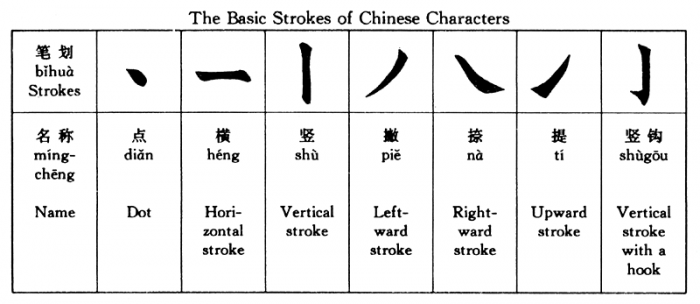We talked about 刚 (gāng) and 刚才 (gāngcái) in the previous posts. You can see they share lots of similarities in terms of meaning and usages. However, it is very important to know the nuances of them and hence to be able to use them correctly.
"刚" is actually an adverb, and it is placed in front of the verb. It emphasizes that the action just happened a short time ago. It is similar to the English "just." The key here is that "a short time ago is relative, and determined by the speaker. For this reason, 刚 can indicate that something "just" happened 1 second ago, 5 minutes ago, 2 hours ago, 3 weeks ago, or even a year ago. The absolute time is flexible, but from the speaker's perspective, it feels recent.
However, 刚才 expresses that the time that has passed is really short, in near-absolute terms. We're talking no more than 1-30 minutes, in most situations. If it is placed before the verb, it emphasizes what happened in the time that has just passed. It is similar to the English "just now."
In addition, 刚才 can be used as attributives to directly modify a noun to indicate it is that one from "just now" or "just before" whereas 刚 can not. The structure is 刚才 + 的 + Noun. For example,

- 刚才的新闻太让人吃惊了。The news just now makes people really surprised.
- 刚才的那个人是我哥哥。The person just now is my elder brother.
刚 is an adverb, and it can also modify an adjective. It has the same meaning as 刚刚. (刚才 cannot do this.)

- 天刚晴。The sky just became clear.
- 天刚亮。The sky grow light in the morning.
- 他病刚好。He just got well.
刚才 always refers to the past. When you talk about a completed action happened in the past, you need 了. For example:
- 他刚才去了北海公园。He went to the Beihai Park just now.
- 他刚才打了电话。 He called just now.
Don't use 刚 in sentences where you use 没 to negate the past. You can say something didn't happen just a moment ago (刚才), but you can't say that something just didn't happen (刚).

- 他刚没打电话。 He just did not call. (wrong)
- 他刚才没打电话。 He did not call just now. (correct)
Here are more right and wrong sentences:
- 他刚明白。(Correct! The verb 明白 includes a clear enough indication of result.)
- 他刚才明白。(Wrong! You should use 了 with 刚才 here.)
- 他刚没听清。(Wrong! 刚 doesn't work with 没.)
- 他刚才没听清。(Correct! 刚才 can work with 没.)
- 她刚才听清。(Wrong! You should use 了 with 刚才 here.)
- 她刚才听清了。(Correct! 刚才 should be used with 了 here.)
- 昨天她刚才买了一个手机。(Wrong! 刚才 should be used for events a lot closer in time than 昨天.)
- 昨天她刚买了一个手机。(Correct!刚 works with 昨天.)
Please correct the following sentences according to the translation.
- 他刚才看到。He just saw it.
- 他刚没看到。He did not see it just now.
- 他昨天刚才去了超市。He just went to supermarket yesterday.
- 刚的事情是谁干的?Who did that just now?
- 人刚才够,我们可以开始了。The people is just enough, so we can start.
- 他刚才到上海三个月。He just got Shanghai for three months.
- 我刚才回来。I came back just now.
- 这双鞋大小刚才合适。The size of this pair of shoes is just alright.
- 天刚才黑。The sky just got dark.































